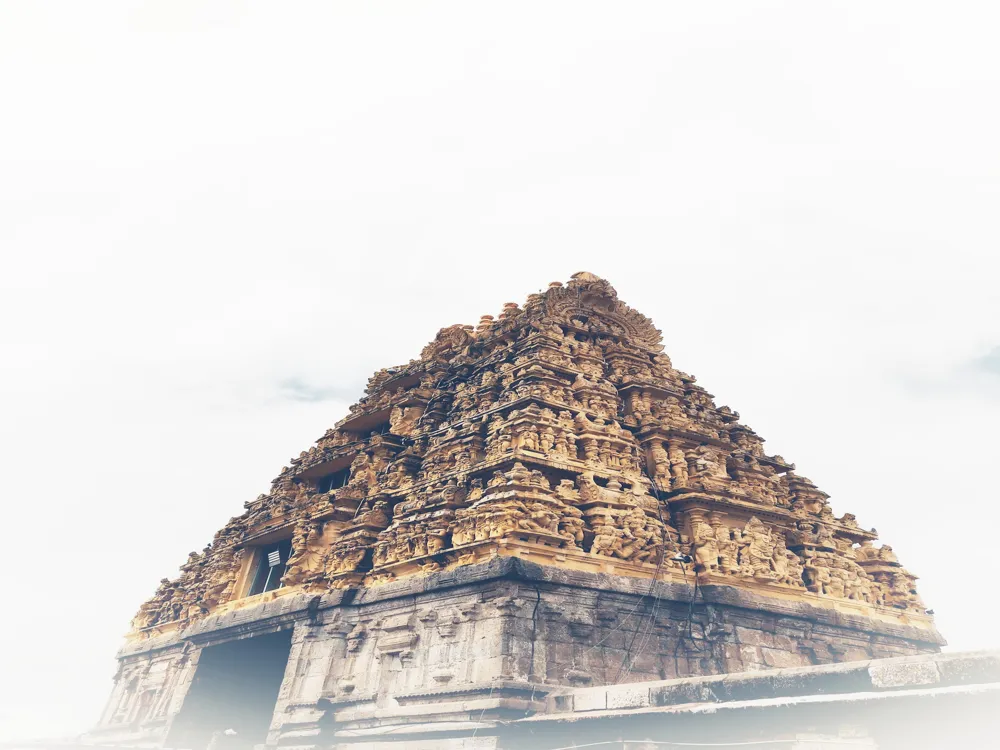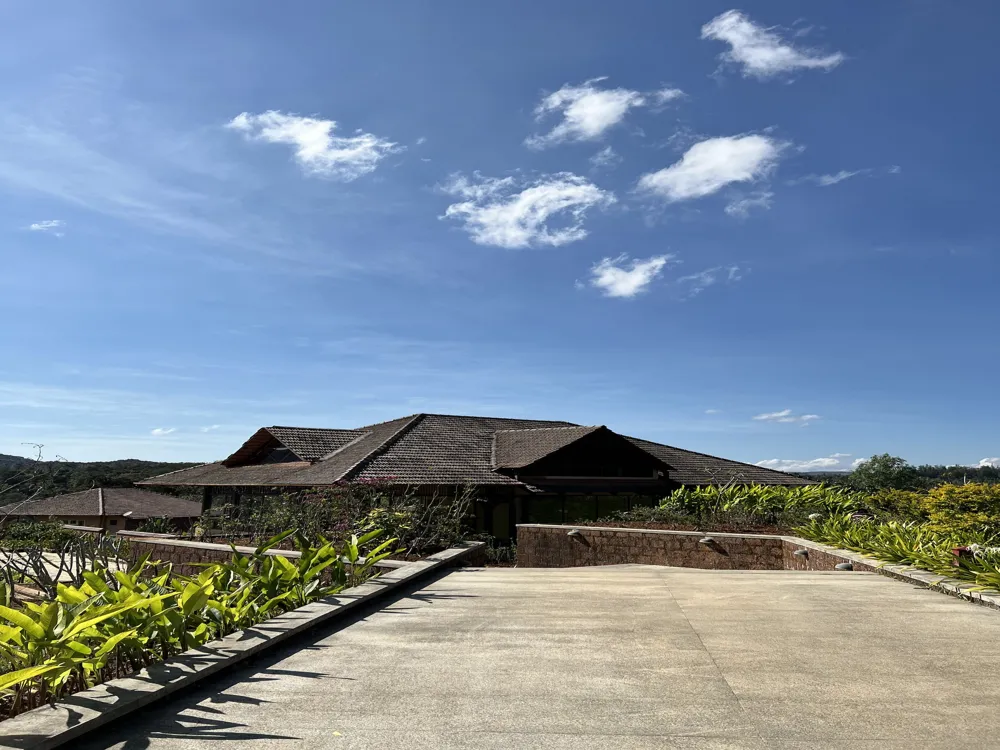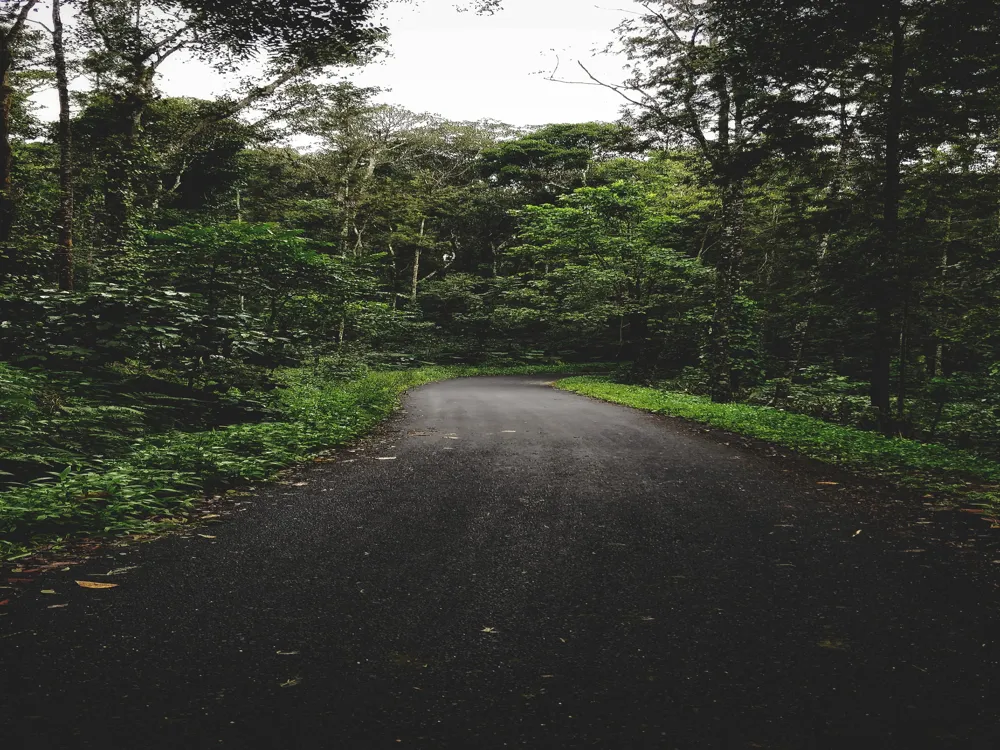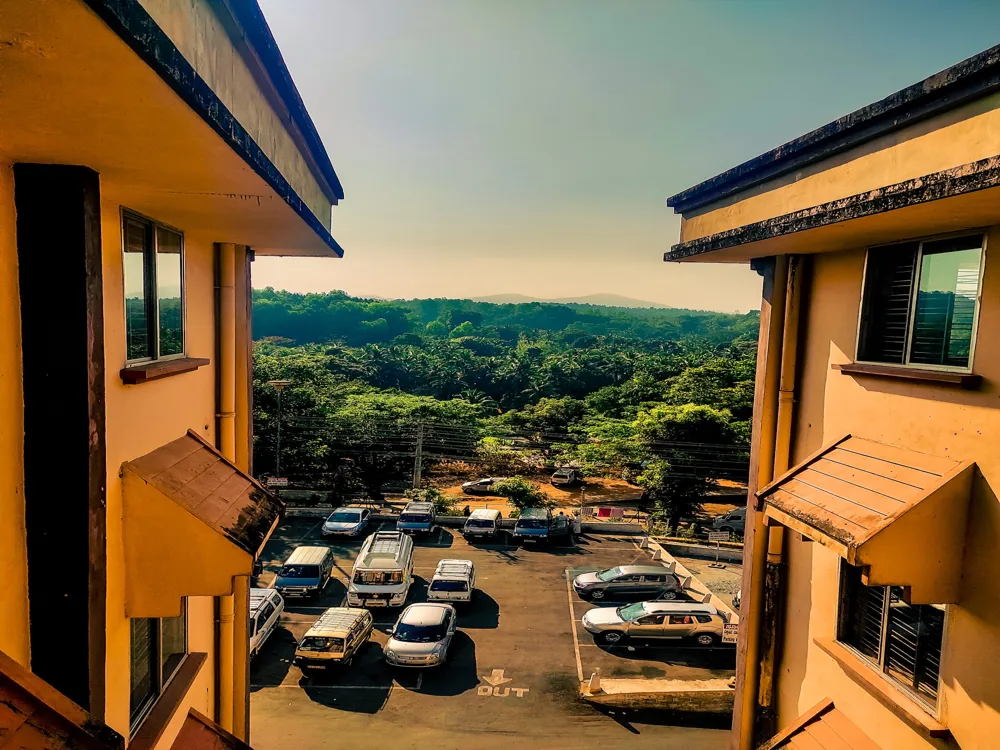Halebid, once known as Dwarasamudra, is a historical town in Karnataka, India, famed for its remarkable architectural beauty and rich history. This ancient city was the regal capital of the Hoysala Empire in the 12th century and is now renowned for its exquisite temples and intricate carvings that showcase the artistic prowess of the bygone era. The most notable among these is the Hoysaleswara Temple, dedicated to Lord Shiva, which stands as a testament to the architectural ingenuity of the Hoysala craftsmen. The temple is adorned with a profusion of sculptures that depict various Hindu deities, sages, stylized animals, and scenes from the epic Mahabharata and Ramayana. The city's history is steeped in both splendor and tragedy. Flourishing as a center of trade and culture under the Hoysala reign, Halebid was renowned for its opulence and grandeur. However, it faced multiple invasions and fell to the hands of the Delhi Sultanate in the 14th century, leading to a period of decline. Despite this, the architectural marvels of Halebid have withstood the test of time, offering a glimpse into the past glory of the Hoysala Empire. Today, Halebid is not just a testament to the architectural prowess of ancient India but also a symbol of resilience and enduring beauty. The architecture of Halebid is a spectacular display of Hoysala craftsmanship. The temples in Halebid, particularly the Hoysaleswara Temple, are renowned for their intricate carvings and detailed sculptures. The Hoysala architecture is unique in its employment of soapstone, a soft stone that allowed for intricate carving. This style is characterized by star-shaped platforms, intricately carved exteriors, and elaborate interior halls with lathe-turned pillars that reflect a distinct style exclusive to the Hoysala Empire. The walls of the temples in Halebid are adorned with an endless array of sculptures, depicting scenes from Hindu mythology, animals, birds, and dancing figures. Each sculpture is a masterpiece in itself, showcasing the extraordinary skill and attention to detail of the Hoysala artisans. Notably, the Hoysaleswara Temple features two massive monolithic Nandi statues, the sacred bull in Hindu mythology and the mount of Lord Shiva. These temples also exhibit a harmonious blend of architectural elements from northern and southern India, making them unique in their design and aesthetic appeal. Another striking feature of Halebid's architecture is the usage of horizontal friezes at various levels on the temple walls, each layer depicting different themes. From elephants to lions, horsemen to floral patterns, each layer tells a story, contributing to the overall narrative of the temple's design. The ceiling panels are equally magnificent, featuring elaborate carvings that add to the temple's splendor. The cumulative effect of these architectural elements is a breathtaking visual symphony that leaves an indelible impression on visitors. The ideal time to visit Halebid is between October and March when the weather is pleasant, making it conducive for exploration and sightseeing. Consider hiring a local guide to gain a deeper understanding of the history and architecture of Halebid. Guides can provide insights that are not evident at first glance. As Halebid is a place of historical and religious significance, visitors are advised to dress modestly. Comfortable footwear is recommended as the site involves a lot of walking. For photography enthusiasts, the temples offer endless opportunities. The best time for photography is during the early morning or late afternoon when the sunlight accentuates the intricate carvings. The climate can be quite warm, especially during midday. Carrying water and staying hydrated is essential while exploring the site. Halebid is well-connected by road and can be easily reached from major cities in Karnataka. The nearest airport is in Mangalore, about 168 kilometers away, while the closest major railway station is in Hassan, around 31 kilometers from Halebid. Buses and taxis are readily available from these points to reach Halebid. For those driving, Halebid is connected via well-maintained roads, making it accessible for self-driven trips as well.Overview of Halebid
Architecture of Halebid
Tips When Visiting Halebid
Best Time to Visit
Guided Tours
Dress Appropriately
Photography Tips
Stay Hydrated
How To Reach Halebid
Basadi Halli
Halebid
Karnataka
NaN onwards
View halebid Packages
Weather :
Tags : Temple
Time Required : 30 minutes-1 hour
Planning a Trip? Ask Your Question
Also Refered As:
Jain Temples
Halebid Travel Packages
View All Packages For Halebid
Top Hotel Collections for Halebid

Private Pool

Luxury Hotels

5-Star Hotels

Pet Friendly
Top Hotels Near Halebid
Other Top Ranking Places In Halebid
View All Places To Visit In halebid
View halebid Packages
Weather :
Tags : Temple
Time Required : 30 minutes-1 hour
Planning a Trip? Ask Your Question
Also Refered As:
Jain Temples
Halebid Travel Packages
View All Packages For Halebid
Top Hotel Collections for Halebid

Private Pool

Luxury Hotels

5-Star Hotels

Pet Friendly




















